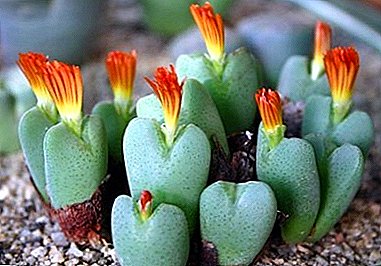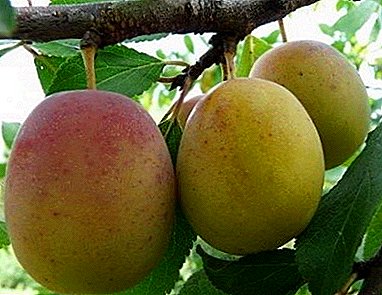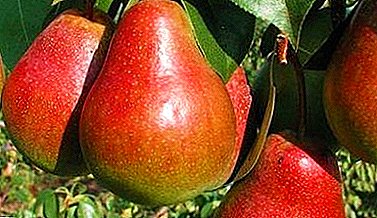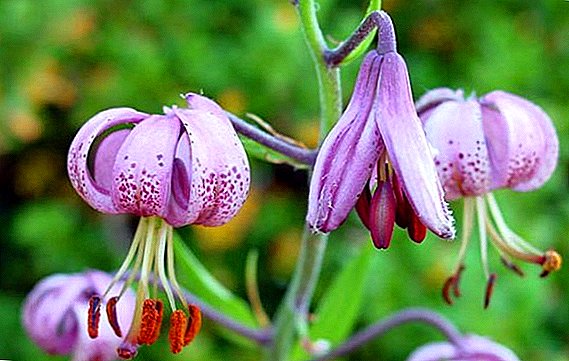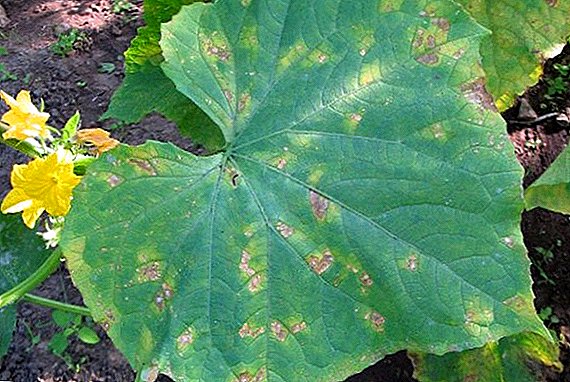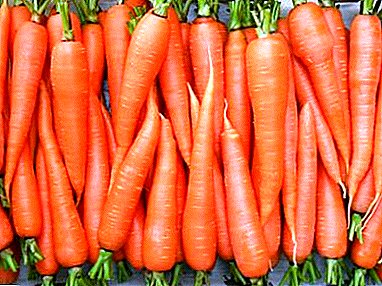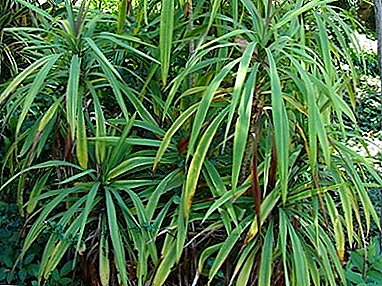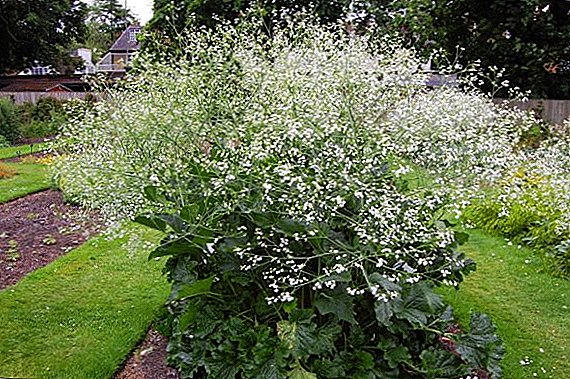 Katran is a fairly new vegetable crop, so many still do not know what it is and how to grow it. In terms of nutritional and taste, the plant resembles horseradish. Unlike the latter, the katran has a more even root shape.
Katran is a fairly new vegetable crop, so many still do not know what it is and how to grow it. In terms of nutritional and taste, the plant resembles horseradish. Unlike the latter, the katran has a more even root shape.
Katran is rich in vitamins of group B, C, A, P, and microelements and serves as an anti-scaling agent. A large amount of phosphorus and potassium is found in the roots. The essential oil that is found in the plant gives it a sharp smell and taste.
Katrana root is used like horseradish. Qatran has found its use in traditional medicine, it serves as a phytoncidal agent. The plant is considered a substitute for horseradish and in no way inferior to it. In this article, we take a closer look at what katran is, as well as the rules for planting and caring for them.
Katran: what is this plant
Katran - This is a perennial plant belonging to the Cabbage family, the cultivation of which is gaining popularity every year. After fruiting, it dies. The stem is bare, branchy, covered with a waxy bloom and grows up to 150 cm. The leaves are green, which, like the stem, are covered with waxy bloom, petiolate, pinnate. 
In the first year, the plant forms a rosette of basal leaves (usually up to 10 pieces) and a rod, cylindrical, thickened root crop that goes deep into the soil. Sometimes the root can reach a depth of 2 meters.
Did you know? Katran, unlike horseradish, is propagated by seeds.The root crop of the plant is gray-white, the cream-colored flesh is up to 3 cm in diameter. In the second year, the quail forms a stem, and blooms in early June and blooms for as long as 50-65 days. The flowers of the plant are small, white, gathered in a raceme.
Katran - self-pollinator, but can also pollinate and cross. The fruits ripen in late August. The weight of the root reaches up to 800 g. And by taste quality this substitute of horseradish is no worse, the katran can be used both fresh and canned. The plant can withstand heat and cold, even the most severe winters.
Necessary conditions for growing katran
Before you plant a katran, you need to create suitable conditions for it. The plant is undemanding to the soil, but it is recommended to plant it on sandy or medium loamy non-acidic soils. If at the site groundwater is deposited superficially, then under the landing this place is suitable. In heavy soil, seeds germinate poorly, and in sour katran it will often hurt and grow poorly. Comfortable air temperature for plant growth is + 19 ... +25 ° С. Seeds germinate at +4 ° C, and seedlings withstand temperatures down to -6 ° C. 
Did you know? Katran will grow well after pumpkin, cucumbers, potatoes, peas and beans, but after cabbage you should not plant it.
How to plant a katran: growing a "horseradish substitute" from seed
Katran is not a picky plant, therefore planting and caring for this crop in open ground is not difficult. If you properly prepare the seeds and know the technology of sowing, then the quat grass will grow well and bring a rich harvest. Next, we consider in more detail what needs to be done to grow a “horseradish substitute”.
Seed preparation for planting
Planting katran seeds, above all, begins with their preparation. To see the seedlings as soon as possible in spring sowing, the seeds need to stratify. To do this, they need to soak them at a temperature of + 18 ... +20 ° C in a 1% solution of potassium permanganate or in water for two hours. After that, mix them with slightly moistened sand in a 1: 3 ratio and store for 95-100 days at 0 ° C, for example, in a refrigerator or basement. How to grow a plant that resembles horseradish in the country from the seeds after performing this procedure, consider next.
The rules and regulations of sowing katran at their summer cottage
 Before sowing katran at the dacha, you need to make 3-4 kg / sq. m manure and 35-40 g / sq. m of phosphate and potash fertilizers. You can use and complex fertilizers, such as "Kemira-super", "Azofoska" and "Kemira-universal".
Before sowing katran at the dacha, you need to make 3-4 kg / sq. m manure and 35-40 g / sq. m of phosphate and potash fertilizers. You can use and complex fertilizers, such as "Kemira-super", "Azofoska" and "Kemira-universal".
Katran does not require the use of special agricultural technicians; cultivation of this crop from seeds will be within the power of a gardener of any level. Seeds are sown to a depth of 3 cm, and the width between the rows is 65-70 cm. It is possible to plant katran seeds using a tape method, for this, 3 lines are made in each ribbon in 35 cm and the width between the ribbons is 60 cm.
Important! Sowing is best done on the ridges or ridges.The land in the rows is mulched with humus or peat, especially it is necessary to do this when landing a katran. After the emergence of seedlings, they again mulch with humus.
How to care for a katran
How to start growing katran, we figured out, it remains to provide the plant quality care. In the phase of two true leaves it is necessary to thin out rows so that the distance between the plants is about 30 cm. Initially, the plant develops slowly, and at this time it is very important to do loosening and weeding between the rows, this is the main care for the quatra.
In the phase when the first true leaves appear, pest control needs to be carried out. Watering this horseradish-like plant as needed, but in late May, watering is made more abundant, at the rate of 30 l / sq. m
The first top dressing is necessary when thinning a plant; for this, take 5-10 g / sq. m of ammonium nitrate. In the second top dressing, in the phase of 5 true leaves, 9-15 g / sq. m of potassium salt and 6-7 g / sq. m of ammonium nitrate. Potassium fertilizers should be made in the second half of the growing season. 
Important! In the dry season should be fertilized in liquid form.
Qatran: harvesting features
The roots of the katran are harvested in the fall, at the end of September. Harvest in the first or second year of the plant life, after cutting off all the leaves. With proper care, the crop can reach 1 kg / sq. m
To store the roots, they should be slightly prikopat in the wet sand in the cellar, trench, etc. The temperature should be + 4-5 ° C, and the humidity of the air - not less than 85%. You can dig up the roots in the spring, until the quatane began to grow. In the second year of life, the root crop is larger, some plants bloom, and seeds are formed, therefore the total yield is reduced.


